
Beatrice Forshall says it took her about three-and-a-half years of working full-time to finish the book.
| Photo Credit: James Forshall
Beatrice Forshall spent her childhood in France and Catalonia. A practitioner of the ancient art of engraving and printmaking, and a former artist-in-residence at the Cambridge Conservation Initiative, her debut book, The Book of Vanishing Species, tells the stories of 69 species under threat of extinction, lavishly illustrated with her artwork. “The vulnerability of the species we endanger, their inability to speak for themselves, is what first made me want to make engravings of them,” writes Beatrice in the introduction to the book. Edited excerpts from an interview:
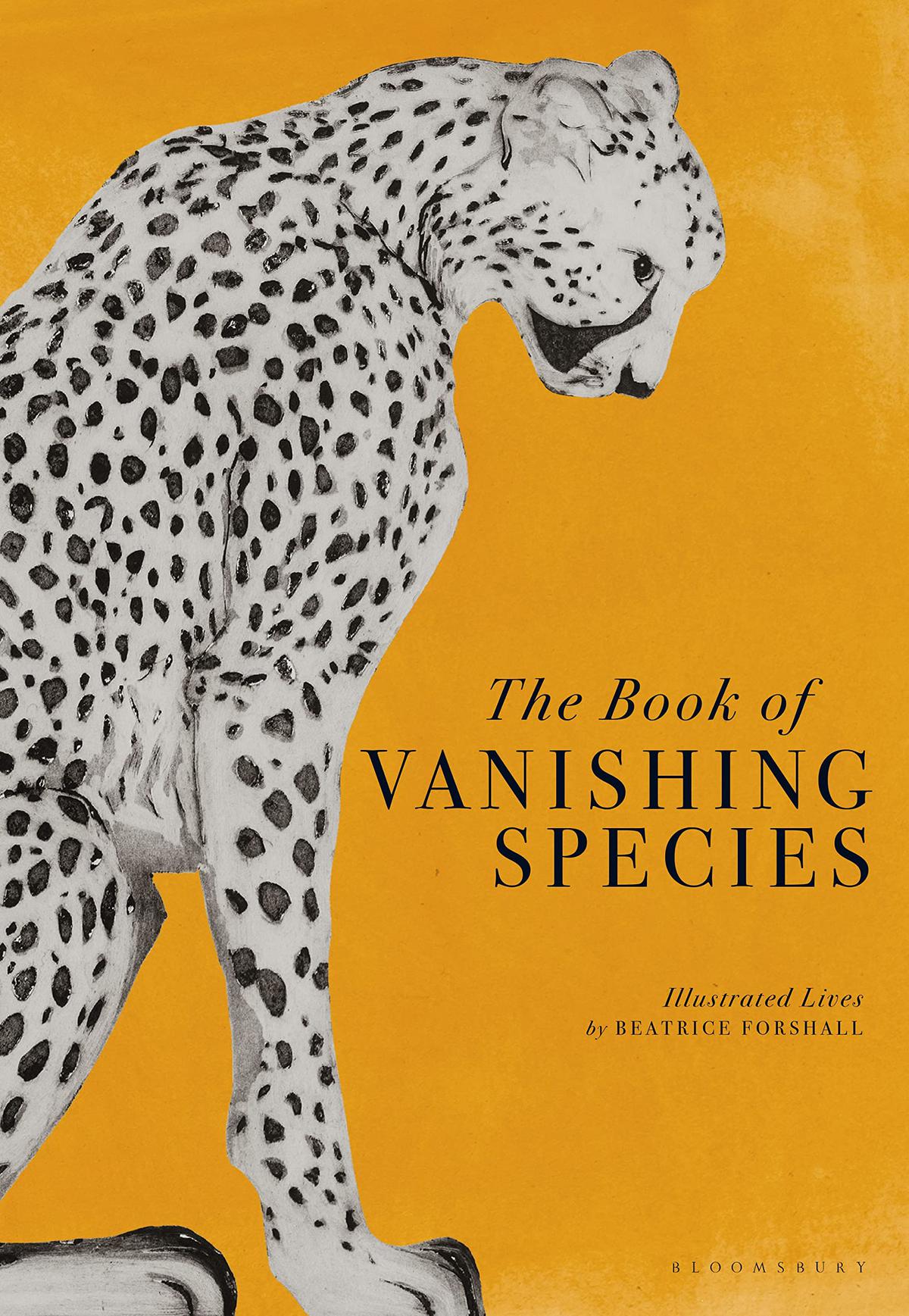
How did the idea of a book come to you, a visual artist?
When I do exhibitions, I often have a little written piece by the artworks. What I find most rewarding is people coming up to me after a show and saying, “I had no idea of the story of this creature.” When the words and images come together, the message is at its strongest.
I had an artists’ residency at the Cambridge Conservation Initiative. Meeting these specialists, who devote their careers to looking after a particular species, and learning from them made me want to write about these species.
How long did it take you to do the book?
About three-and-a-half years of working full-time. I’m an artist, not a species specialist, so I had a lot of work to do. I spent a lot of time on the research. The engravings took a long time too.
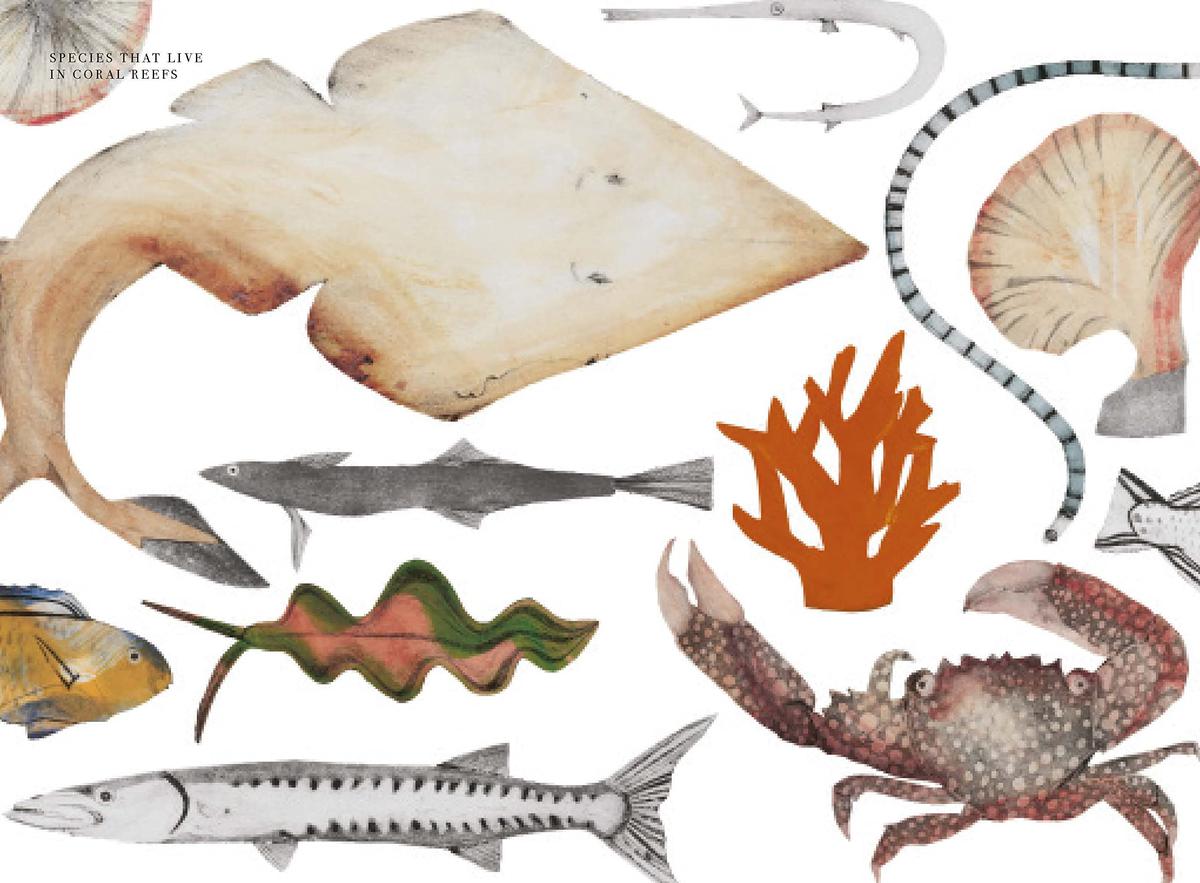
Species that live in coral reefs — a page from the book.
What was the selection process? What determined which species would be included?
I worked with the team at the International Union for the Conservation of Nature, which set up the Red List to shortlist the species for the book. Sadly, there are so many in need of conservation and the number is rising. It was quite hard to narrow it down. I chose the stories that I found moving or if the species was overlooked.
The book is sectioned in four: air, water, soil and homo sapiens. Can you tell us more about this?
I love the idea of elements. I also wanted to include that we’re not separate [from animals], that we are threatened as much as these creatures in this book, and we’re causing it [the problem]. I also wanted to convey how connected all the species and the systems which support us are.
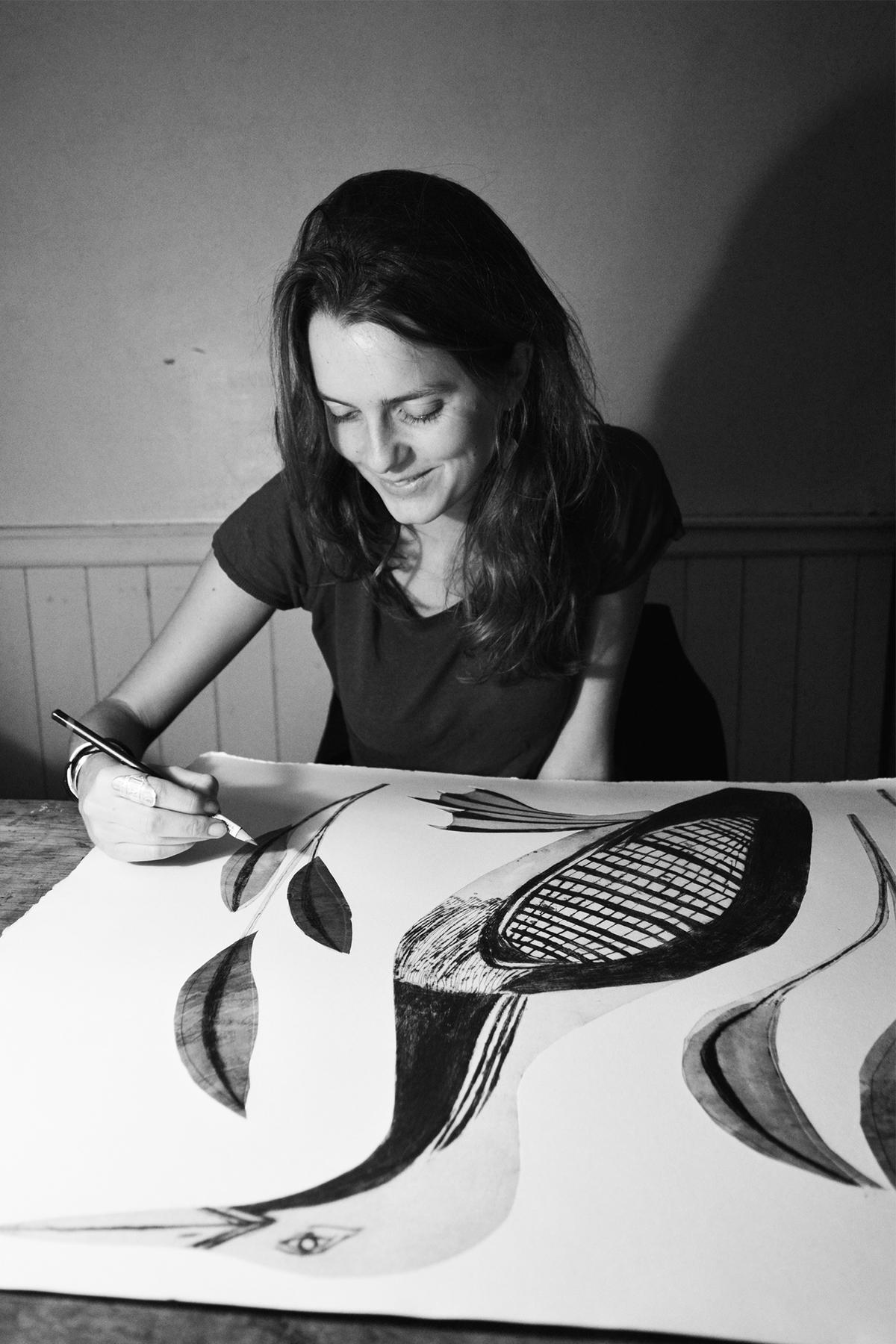
Beatrice Forshall at work.
Engraving seems like an ancient skill and very laborious. How did you pick this medium?
I had a wonderful tutor at college and and he really is a master of his craft. I like the fact that it’s an old technique. I work on big sheets of zinc, a metre-and-a-half by a metre. And I run the plate and the paper through a press to make the impression. I love the fact that technology is never going to make the machinery better. They do what they’ve done for hundreds of years. And they do it beautifully. I love being in the print rooms. I love the textures you can create. There are lots of different stages. I draw and then engrave, run it through the press, and hand paint them afterwards. It is a very time-consuming meditative process. So I quite like that side of it too. People often ask me, ‘why don’t you just paint?’
Which leads me to ask you, what do you think of the use of technology in conservation?
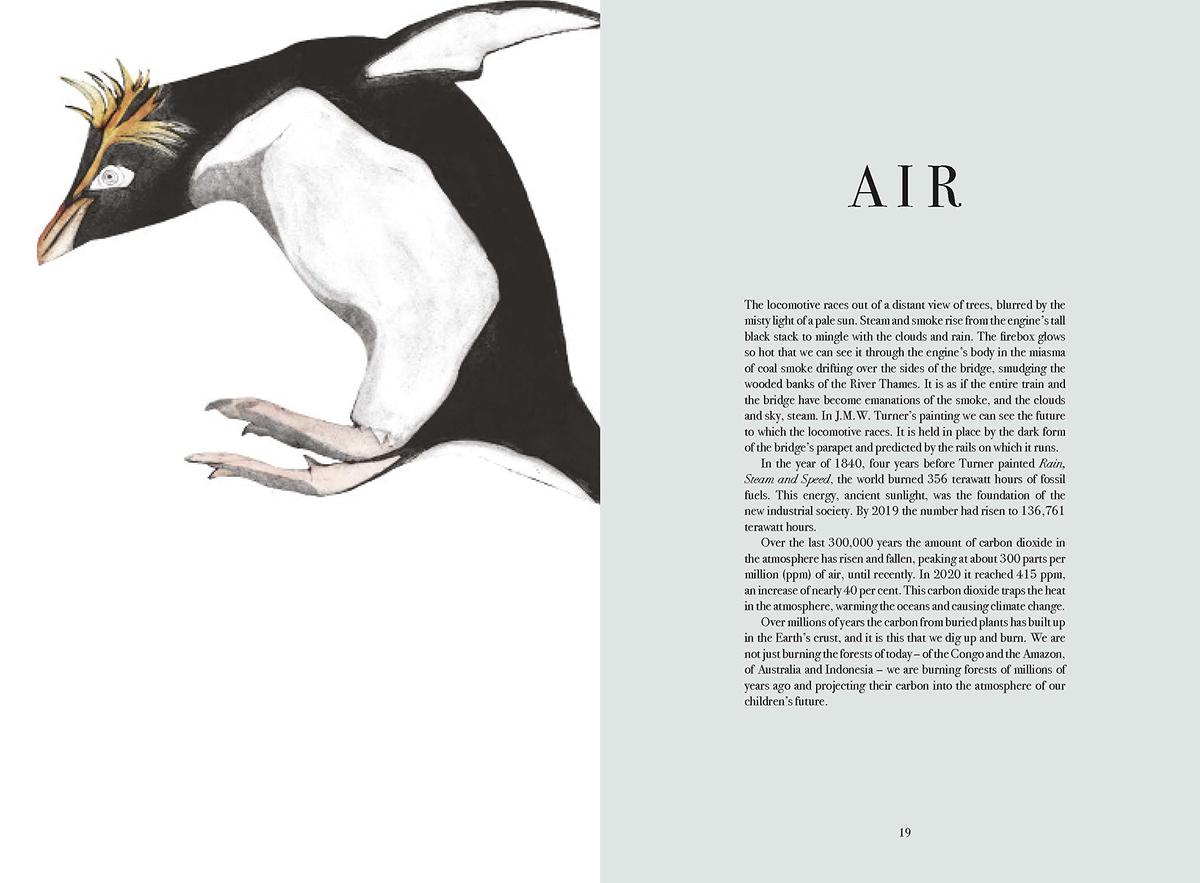
A page from Beatrice Forshall’s ‘The Book of Vanishing Species’.
The idea of technological solutions can be an excuse for inaction. The use of technology often stems from short-term thinking without taking into consideration other species or future generations. If we don’t personally reduce our emissions, we might have to rely on the use of extreme technology, with unforeseen consequences.
What gives you hope for the future? Do you know of young people, even artists like you, who are engaging with the natural world and doing their bit for conservation?
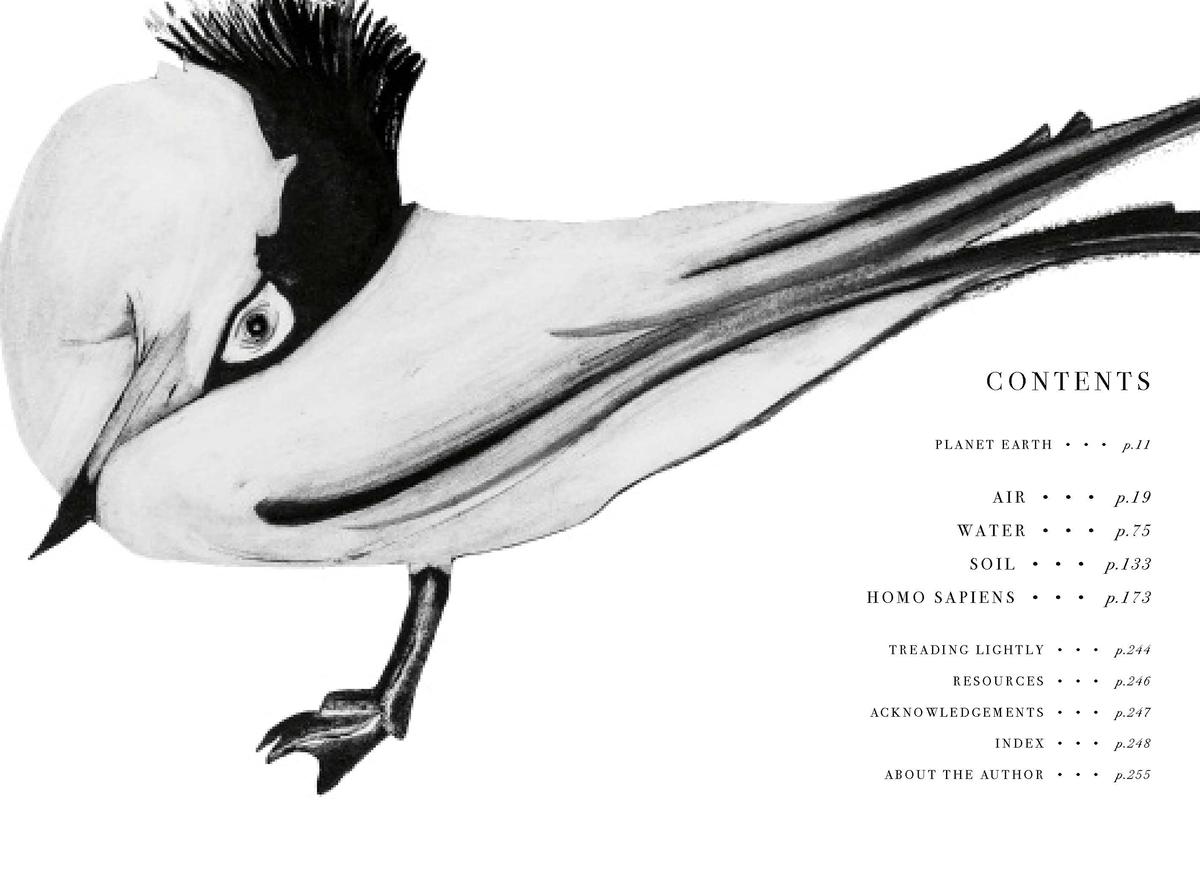
A page from the book.
One thing that gives me hope is what we saw over the pandemic. If you leave nature alone, it can recover. We weren’t flying and driving so much and people started seeing the Himalayas or seeing dolphins in Venice.
I found it very inspiring to be at the Cambridge Conservation Initiative because I saw a lot of people there who had devoted their careers to this cause.
Q: What’s in the future? Are you already working on another project?
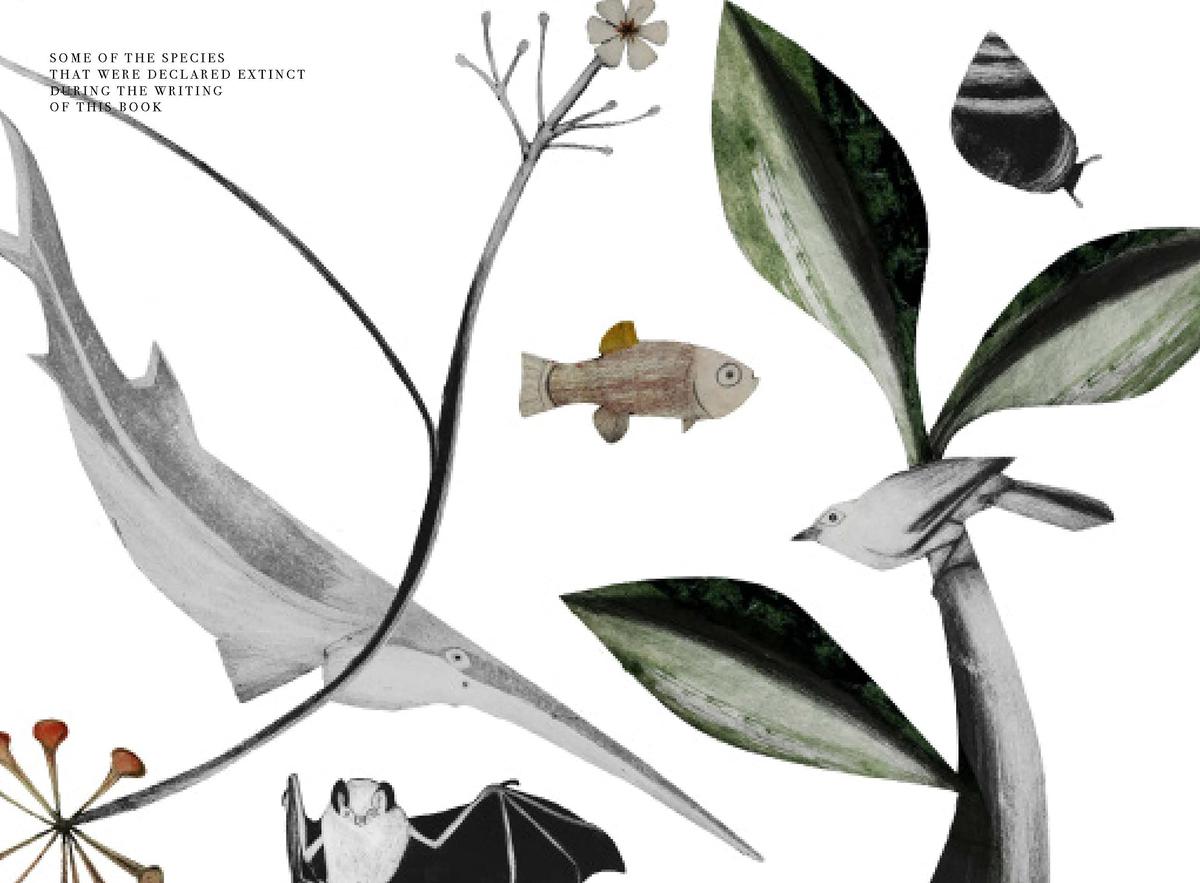
Some of the species that were declared extinct during the writing of the book — a page from ‘The Book of Vanishing Species’.
I’ve got all the engravings from the book, and I’d like to go into schools and talk about some of these species that are disappearing. I’m going to keep doing these engravings of species that can’t speak for themselves, and maybe there’s another book further down the line.
The interviewer is not a conservationista but many creatures share her home for reasons she is yet to discover.
Stay connected with us on social media platform for instant update click here to join our Twitter, & Facebook
We are now on Telegram. Click here to join our channel (@TechiUpdate) and stay updated with the latest Technology headlines.
For all the latest Entertainment News Click Here
For the latest news and updates, follow us on Google News.
